Your Guide to the 20 Most Influential Painters Today: An Anthology for Art Lovers
- 20. Frank Stella
- 19. Richard Prince
- 18. Michelangelo Pistoletto
- 17. Leiko Ikemura
- 16. Marlene Dumas
- 15. Albert Oehlen
- 14. Jasper Johns
- 13. Damien Hirst
- 12. Ugo Rondinone
- 11. Sean Scully
- 10. Heimo Zobernig
- 9. Anselm Kiefer
- 8. Arnulf Rainer
- 7. Alex Katz
- 6. Imi Knoebel
- 5. David Hockney
- 4. Ed Ruscha
- 3. Yayoi Kusama
- 2. Georg Baselitz
- 1. Gerhard Richter
The question of who holds the title of the leading painter is a hot topic for debate in the art world. How do we know who's on the top list?
We turn to Artfacts as our trusted source for spotting significant artists. It works by crunching data and studying the artistic journeys of today's most influential living painters. This tool employs a unique formula to rank these artists.
In this piece, we will introduce you to the top twenty artists currently making significant contributions to the world of painting.
In terms of rankings, Gerhard Richter is first, then Baselitz, and finally Kusama. For over five decades, twenty acclaimed painters, including these three, have been transforming the art world.
Before we plunge into the fascinating realm of artists in this captivating collection, let's tackle a fundamental question: What makes someone a painter?
Since the tumultuous 1960s and 70s, the old-school categories in art have been revamped quite a bit. So, how do we identify a painter?
While examining the top hundred list of living artists, we've come across some who paint as part of a broader creative journey. Say, for example, someone like Francis Alÿs or Günther Brus. That's why we've handpicked artists for whom painting is a central focus.
Without any more delay, let's introduce you to the current top twenty painters who are making waves today.
20. Frank Stella
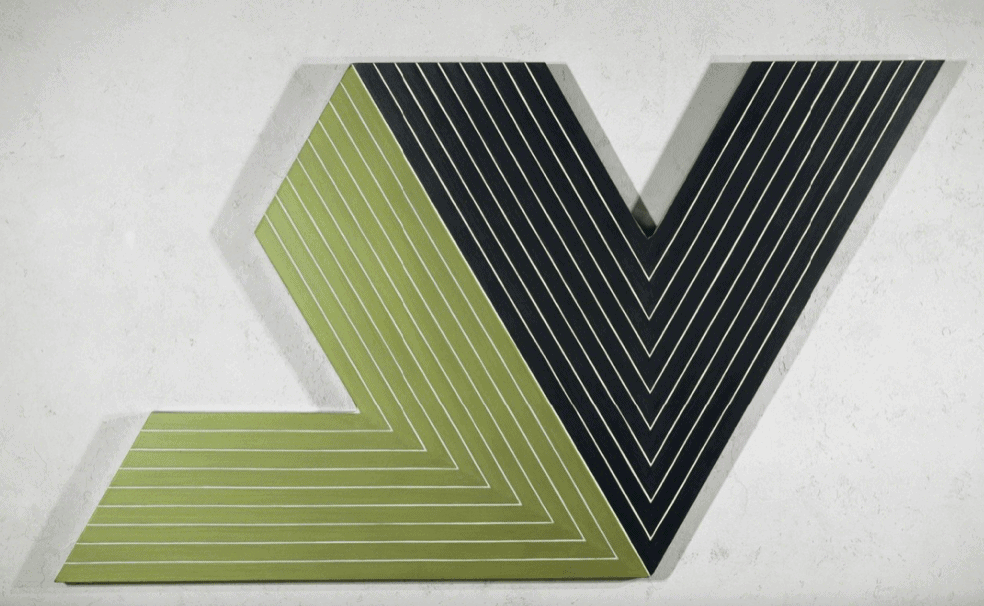 Frank Stella, Ifafa II, 1964. Metallic powder and acrylic on canvas. 197 × 331.5 × 7.5 cm. Courtesy Kunstmuseum Basel, Basel.
Frank Stella, Ifafa II, 1964. Metallic powder and acrylic on canvas. 197 × 331.5 × 7.5 cm. Courtesy Kunstmuseum Basel, Basel.
Born in 1936 in Malden, a Boston suburb, Frank Stella now resides and works in New York City, USA. He's a key figure in 20th-century painting and continues to impact the art world today.
What sets Stella apart is his groundbreaking, uniquely shaped canvases. Back in the 1960s - 70s, he shook up the art world, particularly in painting and minimalism.
To dive deeper into his work, check out the "Frank Stella" book in the esteemed Phaidon Contemporary Art Series.
19. Richard Prince
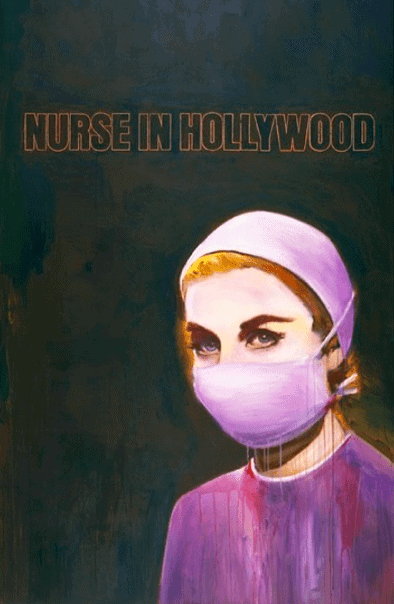
Richard Prince, Nurse in Hollywood #4, 2004. Acrylic and inkjet on canvas – 175.3 × 106.7 cm. Courtesy Gagosian.
Richard Prince, born in Panama in 1949, now calls New York City his artistic home. His passion for painting and photography ignited in the '70s.
Prince's knack for turning everyday images into top-tier art sets him apart. He delves deep into questions like image ownership, authorship, and the transformation when an image becomes art.
In his creative journey, he fearlessly tackles issues such as sexism and racism. Among Prince's most renowned series are portraits of iconic figures like cowboys, bikers, celebrities, and nurses. These pieces continue to command attention and spark discussion in today's art world.
18. Michelangelo Pistoletto
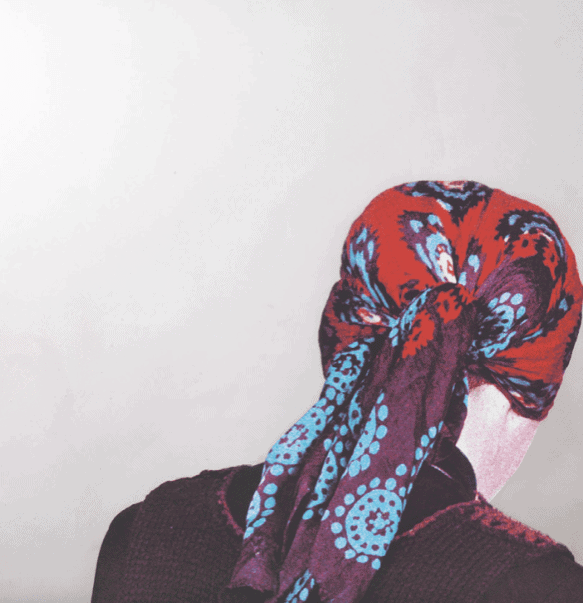
Michelangelo Pistoletto, Testa con foulard, 1982. Silkscreen on polished stainless steel – 40 × 40 cm. Courtesy Torna buoni Art.
Born in 1933 in Biella, Italy, Michelangelo Pistoletto is known for his mirror paintings. He's a notable figure in Arte Povera and Conceptual Art.
Pistoletto's artistic magic happens with metallic paint on canvas or shiny steel. He's all about mirrors and reflections, luring you and your surroundings into his art. He tosses silkscreen images from his painting work to jazz up those reflective surfaces and paintings.
For a deeper dive into his amazing artistry, grab a copy of "Michelangelo Pistoletto: Mirror Paintings."
17. Leiko Ikemura
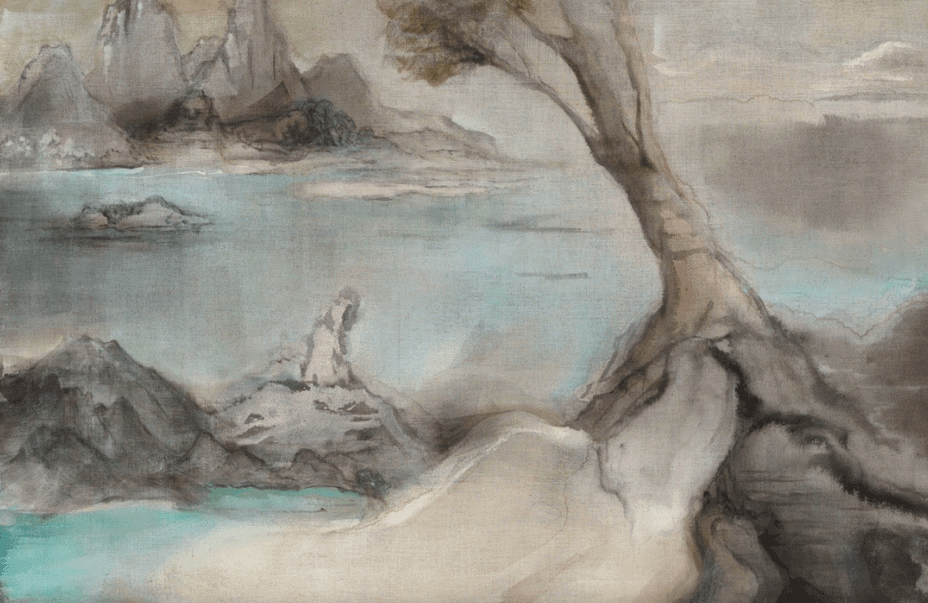
Leiko Ikemura, Zarathustra II, 2014. Pigment on jute – 189.9 × 290.2 cm. Courtesy of the Artist and Fergus McCaffrey, New York.
Leiko Ikemura, born in Japan in 1951, now finds her artistic groove in Berlin and Cologne, Germany. She's an artistic multitasker, wearing various hats as a painter, draughtswoman, sculptor (since 1981), and photographer. Ikemura's art has an air of mystery, especially in her dreamlike landscapes and enigmatic portraits. She gracefully walks the tightrope between abstraction, expression, and figuration, using them as her creative north star. Her work delves into profound themes such as gender, war, and spirituality.
If you want to dive deeper into Leiko Ikemura's artistic universe, check out her recent book, "Leiko Ikemura." It's like a guided tour through her imaginative world.
16. Marlene Dumas
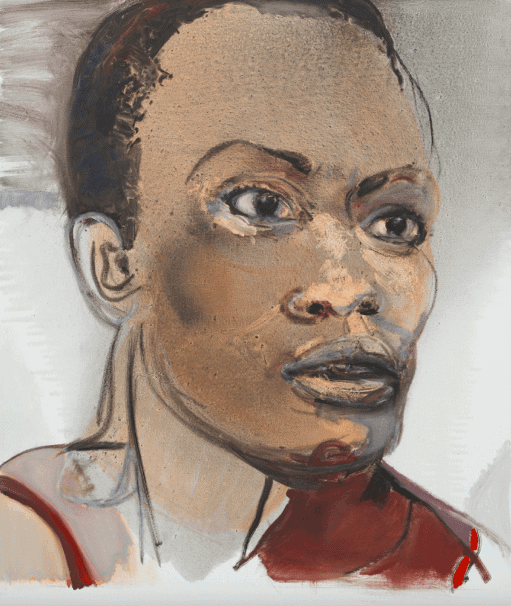
Marlene Dumas, De acteur “Portrait of Romana Vrede”, 2019. Oil on canvas – 130 × 110 cm. Courtesy Zeno X Gallery, Antwerp.
Marlene Dumas was born in 1953 in Cape Town, South Africa. At present, she lives and crafts artwork in Amsterdam. Her art style combines personal stories and political subjects.
Pictures give her ideas, and Dumas gathers them rapidly. She combines political issues, personal experience, and art history references for her painting style.
Looking at these subjects through a personal lens but still managing to be globally relevant makes her one of the New European Painting movement’s key figures. She deals with critical subjects, including:
- segregation,
- politics,
- warfare
- and objectification.
"Marlene Dumas: The Image as Burden" is a great book to read if you want to learn more about Marlene Dumas.
15. Albert Oehlen
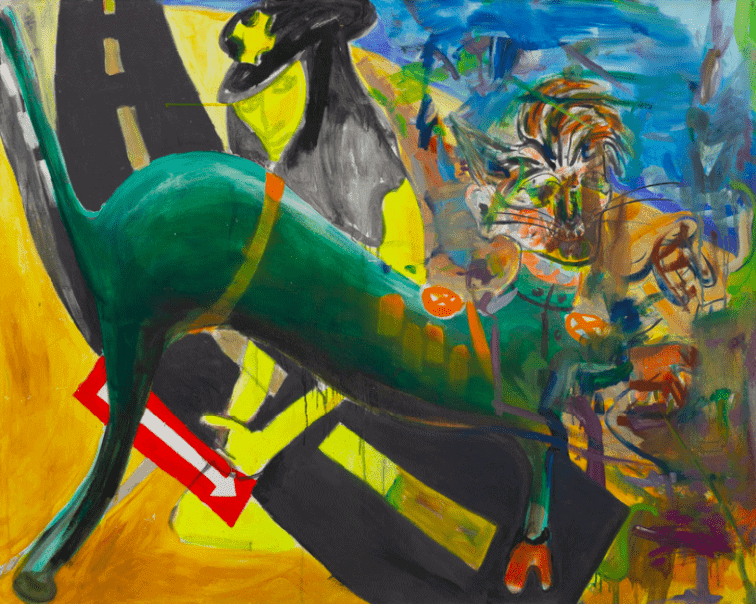
Albert Oehlen, Walker, 1999. Oil on Canvas – 120 × 150 cm. Courtesy DBCA, Sylt.
Oehlen was born in 1953 in Krefeld, and later, he moved to Cologne to make it his artistic home. His journey in art is all about freedom and creativity. His artwork's distinct feature is the integration of écriture automatique, abstract topics, and daring brushmarks. He's always on the lookout for fresh ways to express himself.
During the 1980s, Oehlen experienced success alongside his peers Kippenberger and Büttner in the Berlin and Cologne art communities. By breaking down the complex art form into smaller sections, he targets essential factors, including:
- chromatic harmony,
- brushwork energy,
- flow,
- and the very essence of time itself.
To delve into the realm of Albert Oehlen, check out his printed monograph, "Albert Oehlen," released in 2018.
14. Jasper Johns
Jasper Johns, Flag, 1967. Encaustic and collage on canvas (three panels) – 85.1 × 142.9 cm. Courtesy The Broad, L A.
Born in Augusta, USA, in 1930, Jasper Johns now calls Sharon, Connecticut, USA, home and produces art there. In 1988, he earned the Golden Lion Award at the Venice Biennale as recognition for his groundbreaking Flag art pieces.
By merging two art forms, John creates an innovative interpretation of the American flag. He restructures the stripes and stars on the canvas into vibrant forms, resulting in a striking artistic expression.
If you're interested in Jasper Johns' work, you can explore the comprehensive catalog titled "Jasper Johns: Catalogue Raisonné of Painting and Sculpture."
13. Damien Hirst
Damien Hirst, Way to Understand (from ‘The Currency’), 2016-2021. Enamel paint, handmade paper, watermark, microdot, hologram, pencil – 20 × 30 cm. Courtesy Artificial Gallery.
Originally from Bristol, UK, Damien Hirst moved to London in 1995 and has enjoyed great success as an artist. Hirst's most well-known works include using dots, butterflies, flowers, and skulls in his paintings and sculptures.
Hirst examines profound themes, including religion, science, art, beauty, and life and death. He probes the mysteries of the human condition and casts doubt on accepted conventions with his colorful spot paintings.
His collection of over a thousand works began in the mid-1980s and continues to the present day. It blends accuracy with tiny eccentricities, creating art that conveys both calm and unease.
Check out "Damien Hirst: The Complete Spot Paintings" to learn more about Damien Hirst's spot paintings. This outstanding artist's concise introduction is definitely worth your time.
12. Ugo Rondinone
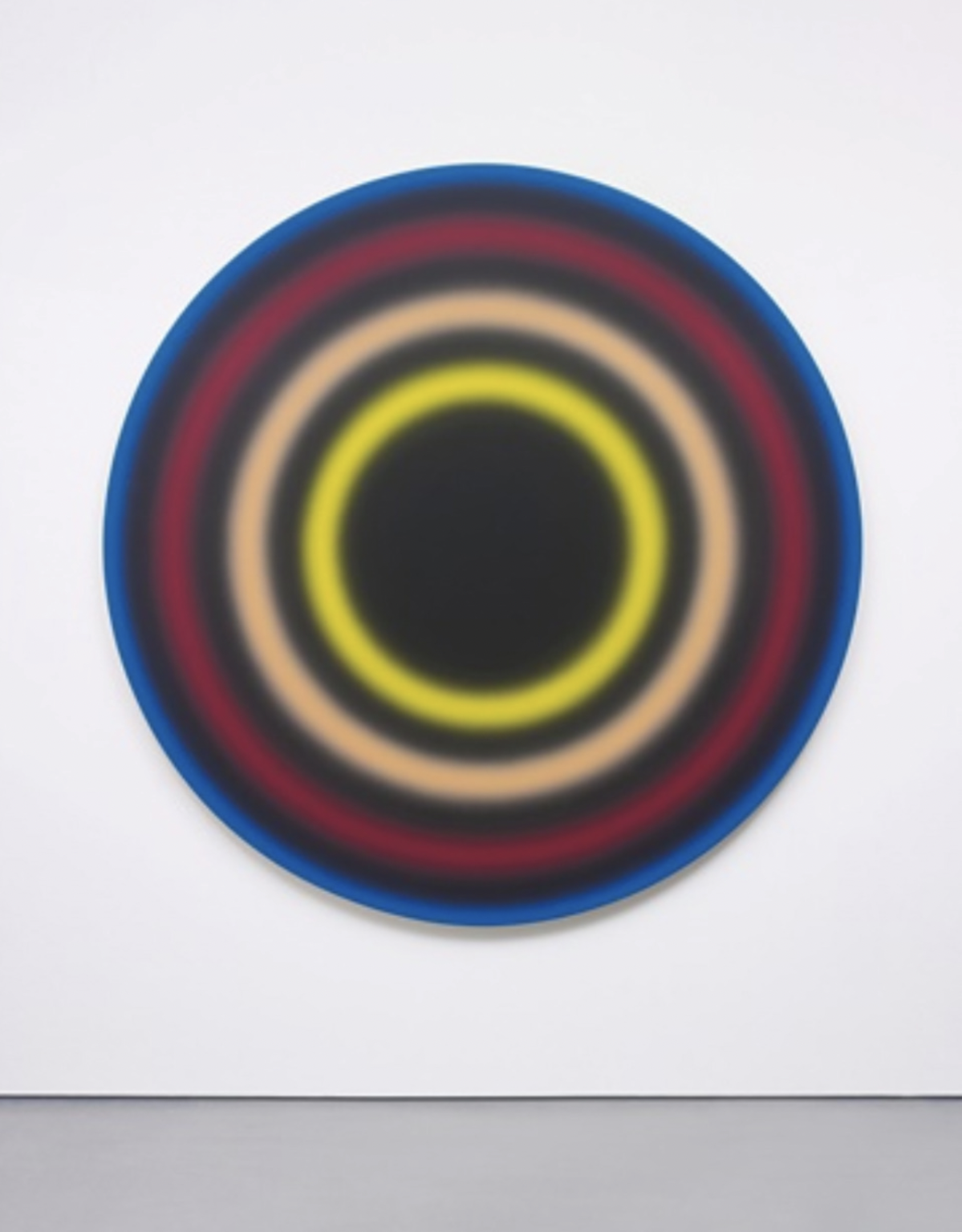
Ugo Rondinone, Achterfebruarzweitausendundsieben, 2007. Acrylic on canvas — 86 3/5 in diameter | 220 cm diameter. Courtesy Rita Krauss Fine Art FLA.
Having been born in 1964 in Brunnen, Switzerland, and now living in New York City, USA, Ugo Rondinone is recognized as one of the most impactful artists of this generation.
He is not only a painter. He also makes large-scale drawings, sculptures, and installations. Rondinone's paintings, which have a lively, almost magical quality, show how he looks at the relationships between extremes.
For example:
- Day vs. night,
- artificial vs. real,
- or euphoria vs. depression.
Some of his standout works are his neon-colored mandala paintings and brightly colored stacked rock sculptures. Yet, when you explore his painting practice, you uncover more secrets.
These include sculpturally rich works such as cloud shapes, monochromes, and tromp-l'oeils within abstract art. For more insights into Ugo Rondinone's paintings, we recommend reading "Ugo Rondinone: Pure Sunshine."
11. Sean Scully
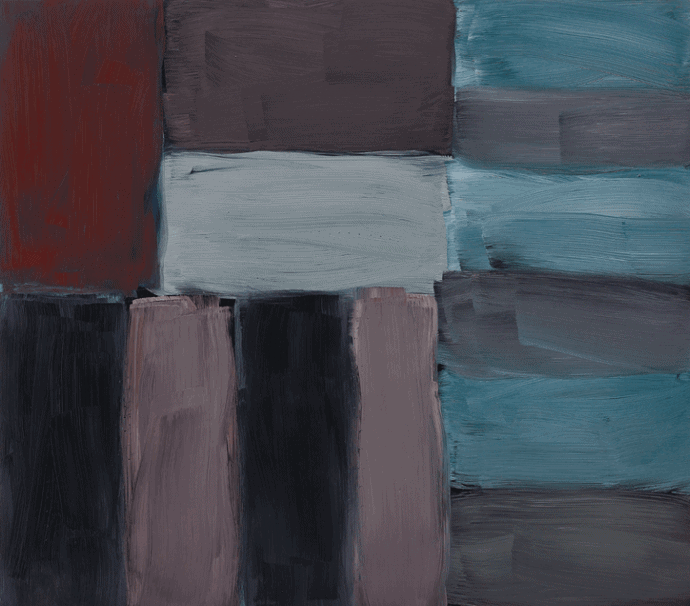
Sean Scully, Raval, 2013. Oil on aluminum – 89.1 × 101.1 cm. Courtesy Phillips.
Sean Scully is an Irish-born artist residing in both New York and Berlin. This notable painter is one of the leading artists of the post-war period. He gained recognition for his grand abstract artwork characterized by lines from up to down and left to right.
His unique style is crafted from a blend of American art with his European heritage, using forms like squares and rectangles. In his work, these shapes come together to evoke emotion.
If you want to learn more about his art, we suggest you read "Sean Scully: The Shape of Ideas" book.
10. Heimo Zobernig
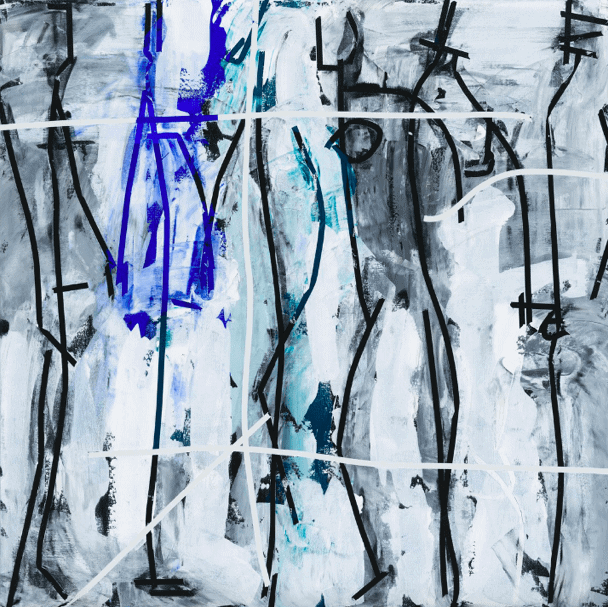
Heimo Zobernig, Untitled, 2013. Acrylic on canvas – 200 × 200 cm. Courtesy Attika Fine Arts.
Residing and working in Vienna, Austria, Heimo Zoberenig was born in 1958. Through his artistic practice, the Austrian artist defies the norms and categorization by incorporating various media forms like:
- architecture,
- installations,
- films,
- videos,
- sculptures,
- and paintings.
His work is known for questioning the formal language of modernism. Think of patterns like the grayscale, the grid, or geometric abstraction, just to name a few.
Often, Zobernig goes a step further to examine how his art is displayed or "framed," literally and psychologically. By doing this, Heimo Zobernig challenges the design and questions typical art galleries' historical and ideological aspects.
To gain more insight into Heimo Zoberning's work, consider reading "Heimo Zobernig."
9. Anselm Kiefer
Anselm Kiefer, Alkahest, 2011. Oil, emulsion, acrylic, shellac, and metal on canvas – 190 × 300 cm. Courtesy White Cube.
Anselm Kiefer, who currently resides and works in Paris, France, was born in 1945. Anselm's art showed how World War II had changed him as a person and how he was part of a more significant movement involving European painters.
Anselm's works are one of a kind. Metals and other finds are added to their rough surfaces. In this way, Kiefer's work goes beyond showing what happened in the past and includes stories, spirituality, and memory.
To learn more about Anselm Kiefer's art, read "Anselm Kiefer," a book by Thames & Hudson in 2015. It's a great way to find out more about his work.
8. Arnulf Rainer
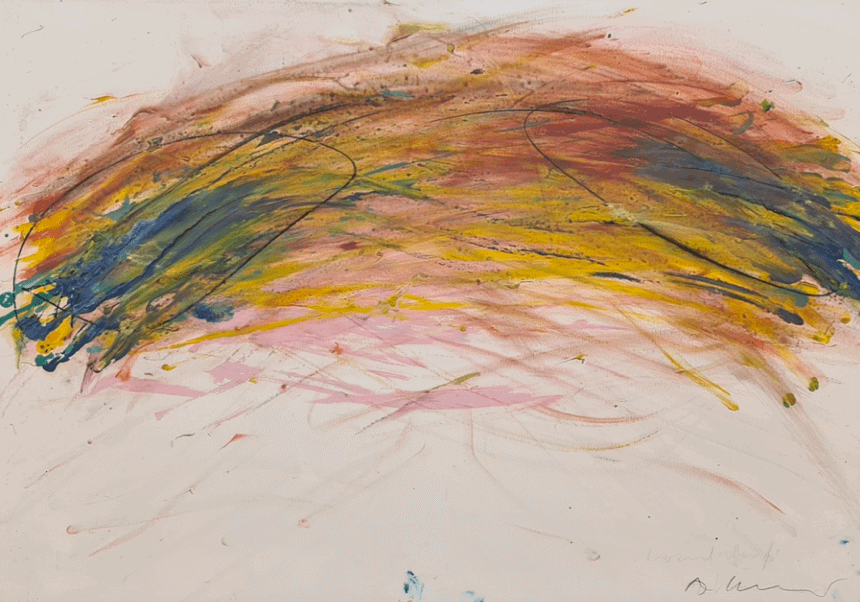
Arnulf Rainer, Landschaft, 1984-1985. Oil on cardboard on wood – 51 × 73 cm. Courtesy Lucas Feichtner Gallery, Vienna.
Arnulf Rainer is an Austrian-born artist known for his unique way of creating art. His creative process of layering his paints over photographs earned him global recognition.
What makes Rainer stand out is his particular way of expressing art. He modifies pre-existing art by layering it with deep imprints and loose brushwork on its surface. Moreover, he is recognized for his associations with Surrealism, painting while blindfolded, and testing out unusual methods such as using his feet or producing art under the effects of drugs.
If you want to dive deeper into Arnulf Rainer's art, you can explore the book "Arnulf Rainer: Retrospective."
7. Alex Katz

Alex Katz, Coca-Cola Girl 39, 2018. Oil on linen – 121 × 121 cm. Courtesy Thaddeus Ropac.
Born in 1927 in Brooklyn, USA, he lives and works in New York City. How Katz paints people and things gives him a distinct edge in the art community.
Katz has maintained a significant presence on the art scene for seven-plus decades since the 1950s. Through movies, ads, friends, and music, he finds the inspiration to portray everyday life in his paintings. He likes to paint things he notices in his environment.
He applies big blocks of color to produce simple figures on a background. Photograph manipulation methods like cutting and pasting helped him discover the right aspect of an image for painting.
If you'd like to know more about Alex Katz's work, a book series named "Phaidon Contemporary Art Series Alex Katz" offers deeper insights.
6. Imi Knoebel
Imi Knoebel, INNINN, 2002. Acrylic on aluminum – 305 × 456.4 × 10.8 cm. Courtesy Galerie Christian Lethert.
Imi Knoebel is a German artist who lives and works in Düsseldorf. Though well-known as a painter, Knoebel also has experience with drawing, sculpture, installation work, and photography.
During the 1960s, Knoebel found an interest in painting using a strict yet simple technique of thin or thick vertical lines set at changeable distances apart. All through the 70s, the artist from Germany remained persistent in experimenting with his simplistic style while using projections, dabbling in color dynamics, and extending into large-scale painting.
If you want to explore more of Imi Knoebel's art, you can check out the catalog titled "Imi Knoebel: Projects 1966-2006." This is a fantastic tool to become better acquainted with his artwork.
5. David Hockney
David Hockney, Portrait of an artist (Pool with two figures), 1968. Acrylic on canvas – 213.5 x 305 cm. Courtesy David Hockney.
Born in 1937, David Hockney is a well-known painter from the United Kingdom. Now living and working in France, he greatly influences Pop Art. He is indeed one of the most significant British artists of the 20th century.
Living in the Hollywood Hills since the 1960s, he made everyday life an art form through his eyes. Seeing something fascinating sparks creativity in him in LA, like people relaxing at a luxurious pool.
His painting, "Portrait of an Artist (Pool with two figures)" fetched whopping 90 million dollars at a New York City auction in 2018. As a result, he became one of the highest-paid living artists ever known.
If your interest in Hockney and his artwork is growing, numerous books about him are available. "David Hockney" is our favorite book, published by Tate Publishing in 2017. This is a wonderful way to study his work.
4. Ed Ruscha
Ed Ruscha, President, 1972. Oil on canvas – 50.8 × 61 cm. Courtesy Omer Tiroche Gallery, London.
American painter Ruscha, born in Omaha in 1937, currently resides and works in Culver City. As an artist, Ruscha is most famous for leaving behind academic connotations of Abstract Expressionism and integrating words into the world of painting. He builds abstract paintings using:
- shapes
- symbols
- materials
- subjects
Combining visual art and language, Ruscha earned global recognition for his clever and funny word paintings.
The “Ed Ruscha: 50 Years of Painting” collection features more works by Ed Ruscha.
3. Yayoi Kusama
Yayoi Kusama, Pumpkin, 1992. Acrylic on canvas – 60.7 × 72.9 cm. Courtesy Seoul Auction
She was born in Japan in 1929. Nowadays, she is living and working in Tokyo. This modern-day artist is famous for her distinctive art installations, sculptures, and paintings bursting with colorful dots and pumpkins.
In the 1960s, she became famous for her artwork incorporating infinite loops and multiple dots. She termed them "infinity nets." They look extraordinarily trendy and fuse real things with concepts of abstraction.
With an occasional perception of non-existent things like hallucinations, Kusama maintains a unique perspective. She exploits her art as a tool to delve into her feelings and experiences.
If you want to learn more about Yayoi Kusama, there's "Yayoi Kusama: Delving into her art becomes wonderful through "A Retrospective" book.
2. Georg Baselitz
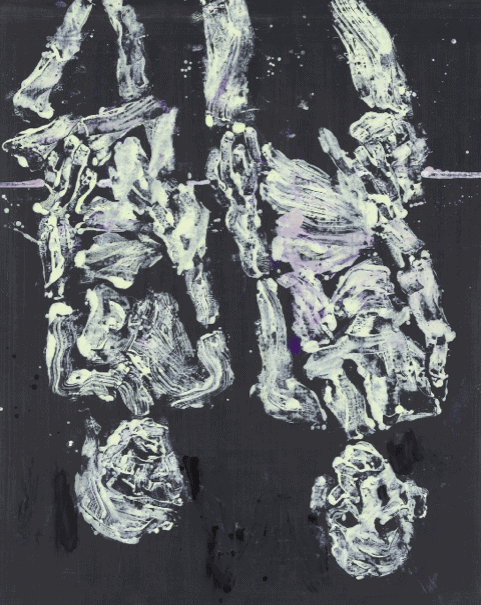
Georg Baselitz, Sitzbank, 2020. Oil on canvas – 270 × 207 cm. Courtesy Thaddeus Ropac.
Second on this list is Georgia Basiliwitz, who was born in Germany in 1938 and still lives there. This well-known artist is noted for his particular style.
Instead of painting things the usual way, he paints them upside-down. (This one requires some creativity.) It's comparable to turning all things topsy-turvy. He was one of the important postwar artists and made great changes to the world of art in Europe, predominantly in Germany.
If you are interested in Georg Baselitz and his artistry, "Georg Baselitz" book is a great resource.
1. Gerhard Richter
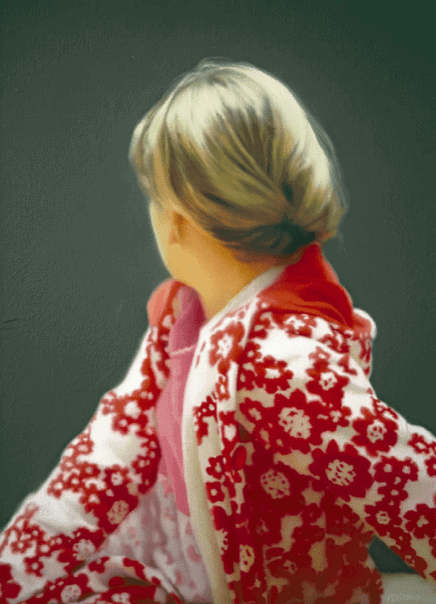
Gerhard Richter, Betty, 1988. Oil on Canvas – 102 × 72 cm. Courtesy Fondation Beyeler, Riehen.
Gerhard Richter, the most well-known living painter today, is at the pinnacle of our list. He was born in Germany In 1932 and now lives and works in Cologne. His way of intertwining the use of paintings and photographs is unique.
During the 1960s, he attracted much attention by turning regular photographs into beautiful paintings. A variety of objects like terrain elements, persons, and mundane things were painted by him. However, he imbued them with a somewhat cloudy aspect. Because of this, the photos turned out to be slightly vague and abstract. The way he did this is unparalleled by any other artist - no other artist could replicate it.
Gerhard Richter is particularly prominent in the course of art history. He resembles a groundbreaker in the up-to-date artistry. So, it is no surprise that he currently holds the title of the most famous painter.
If you want to know more about Gerhard Richter, there's a big book called "Gerhard Richter: "Panorama."
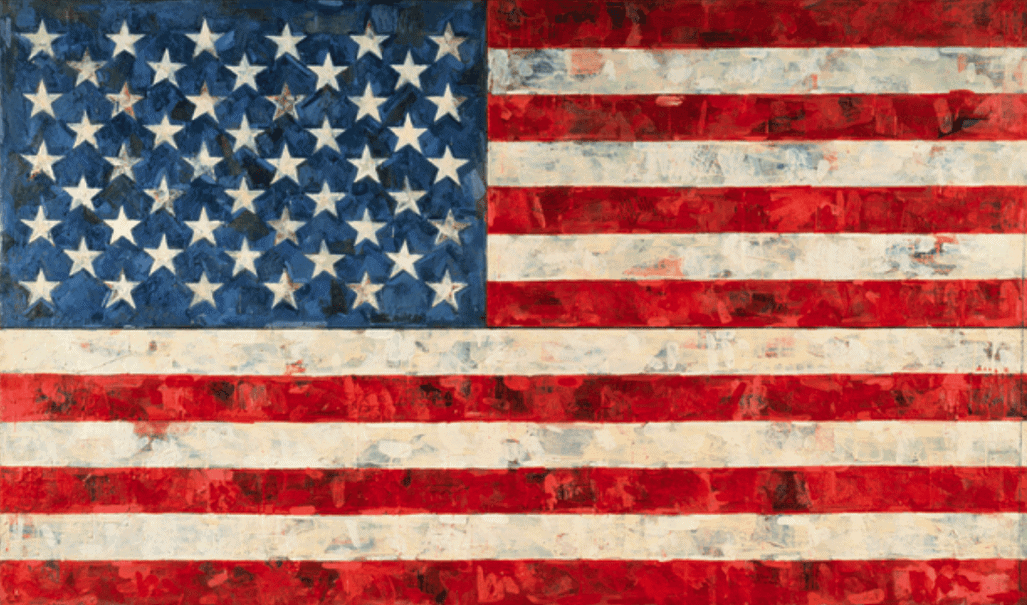
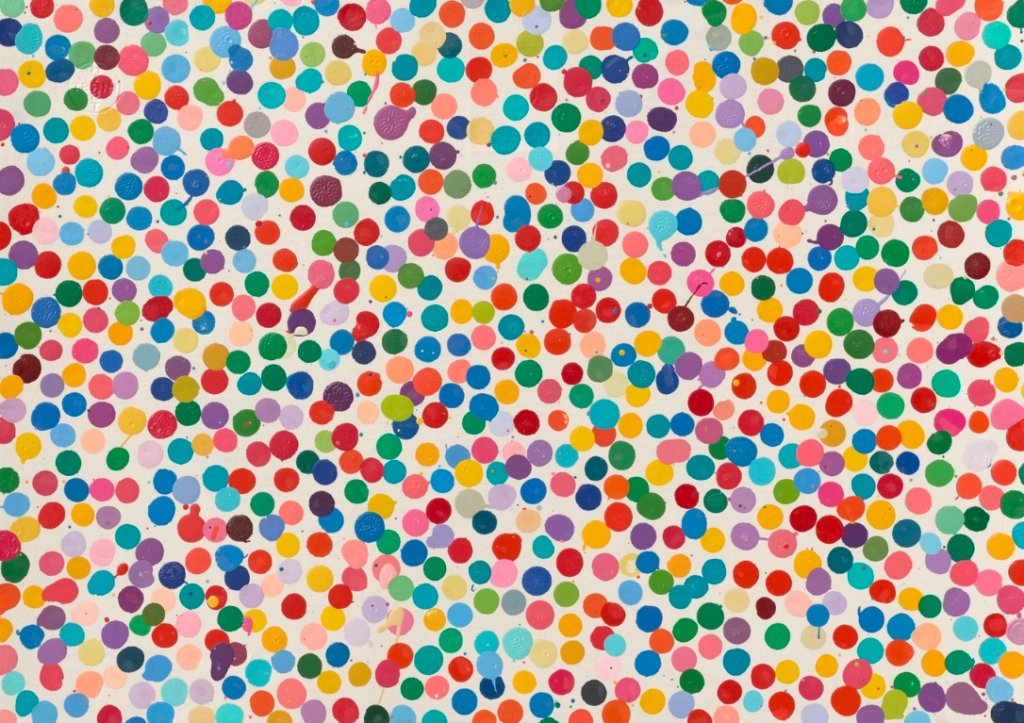
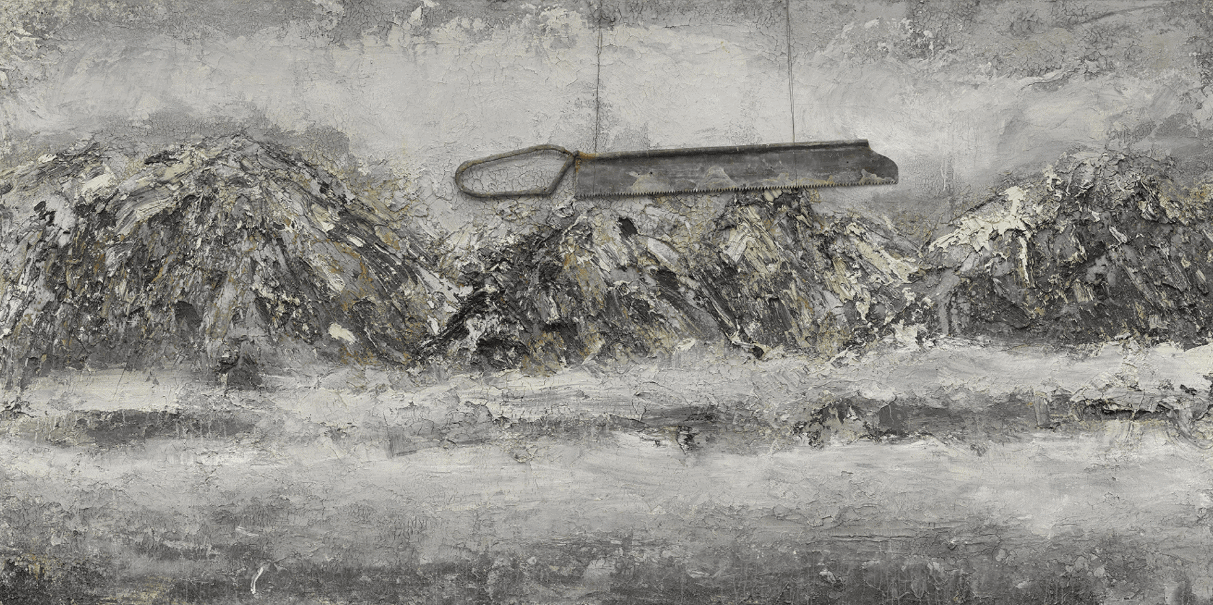
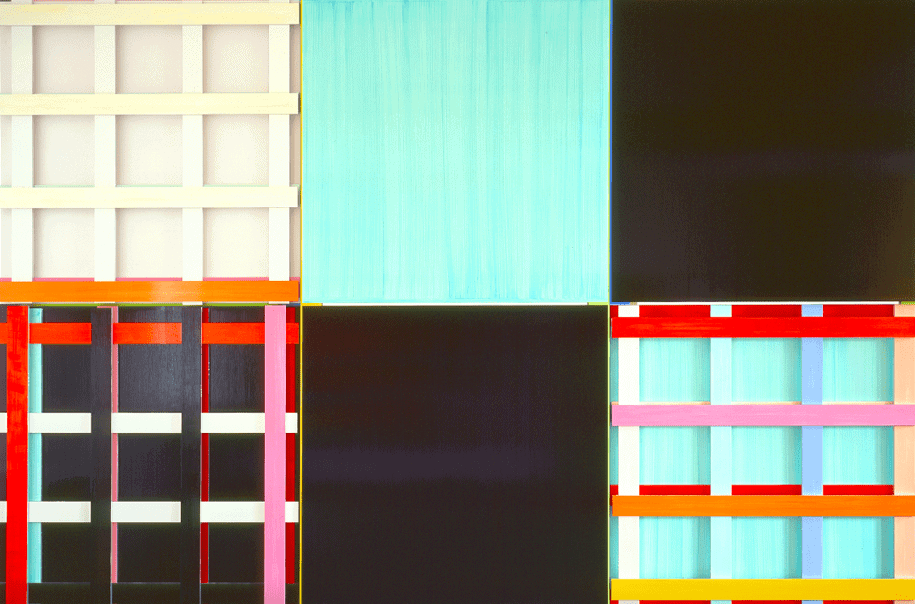
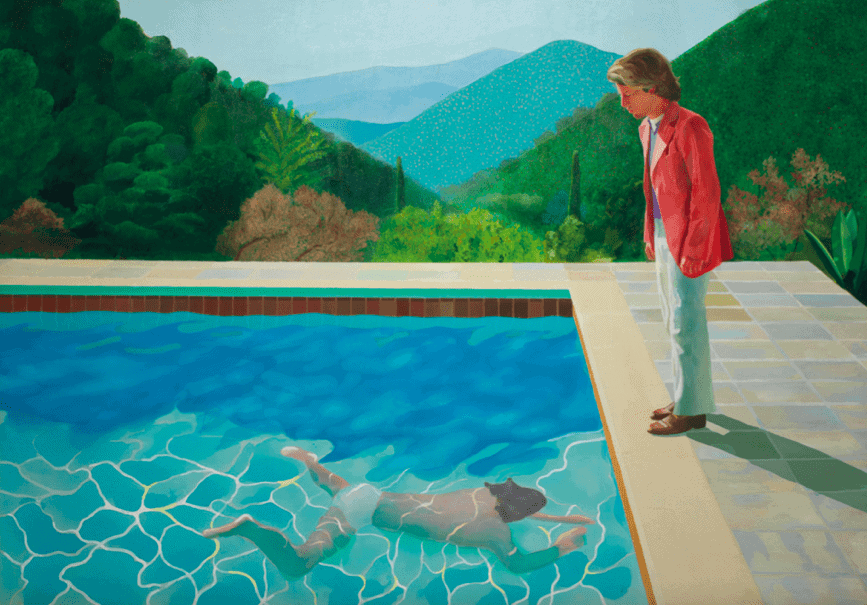
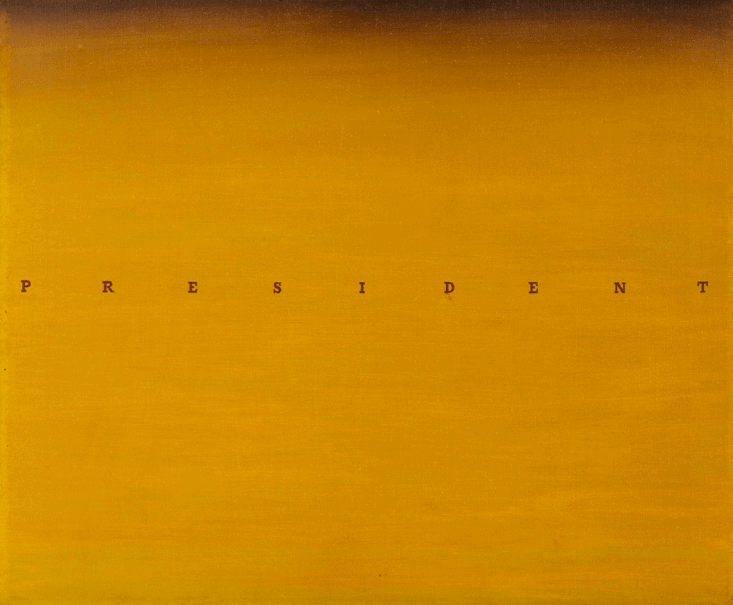
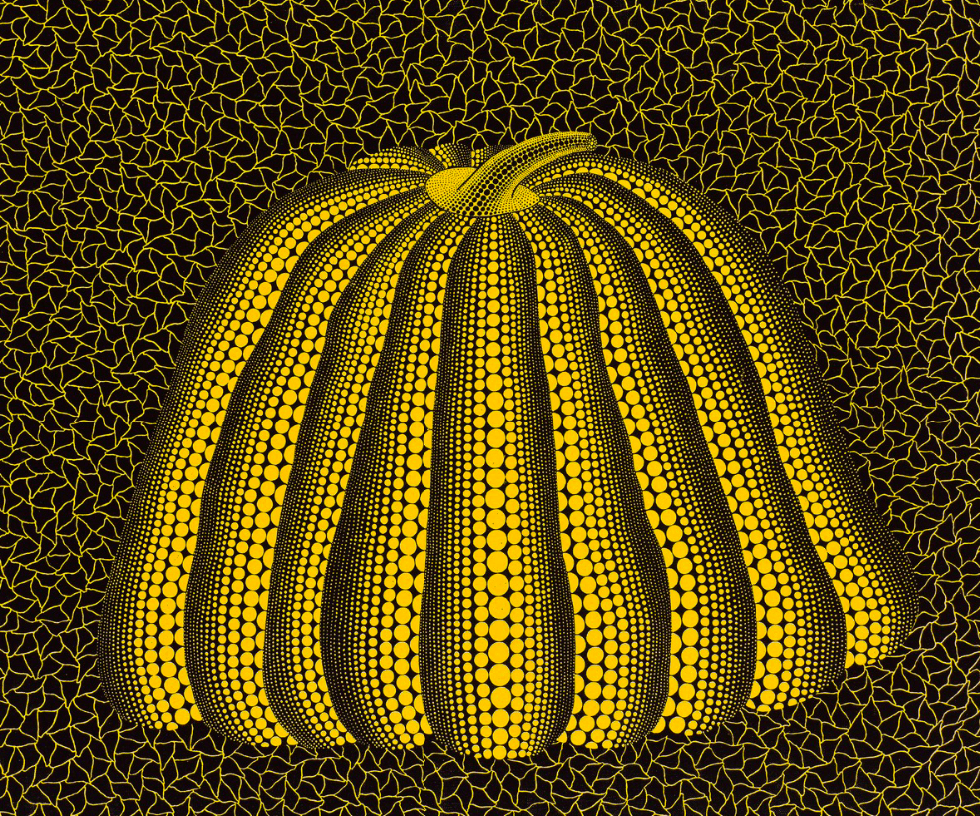
No Comments Yet...